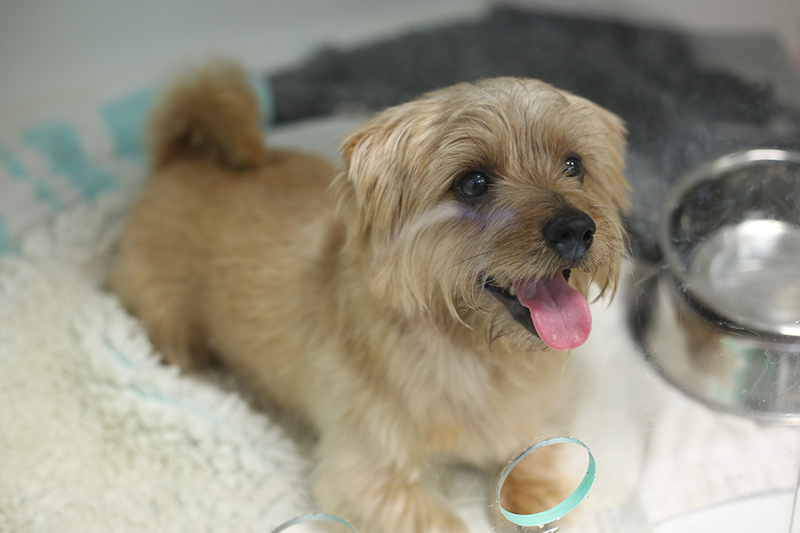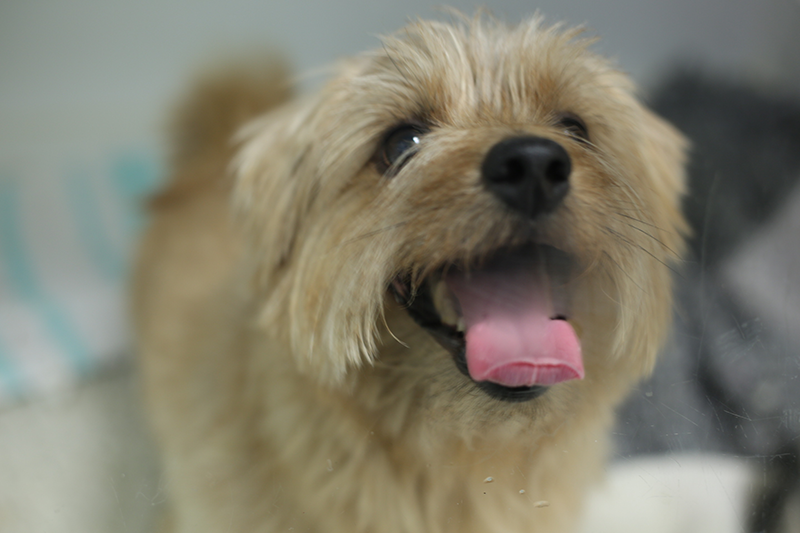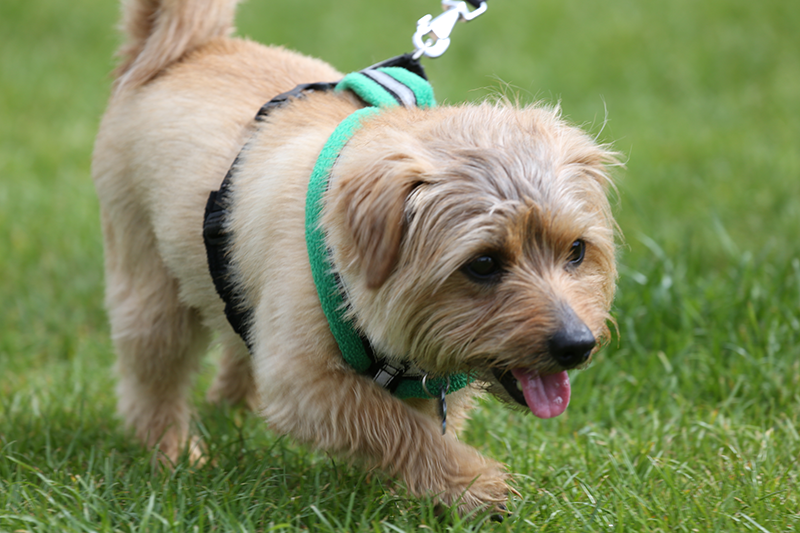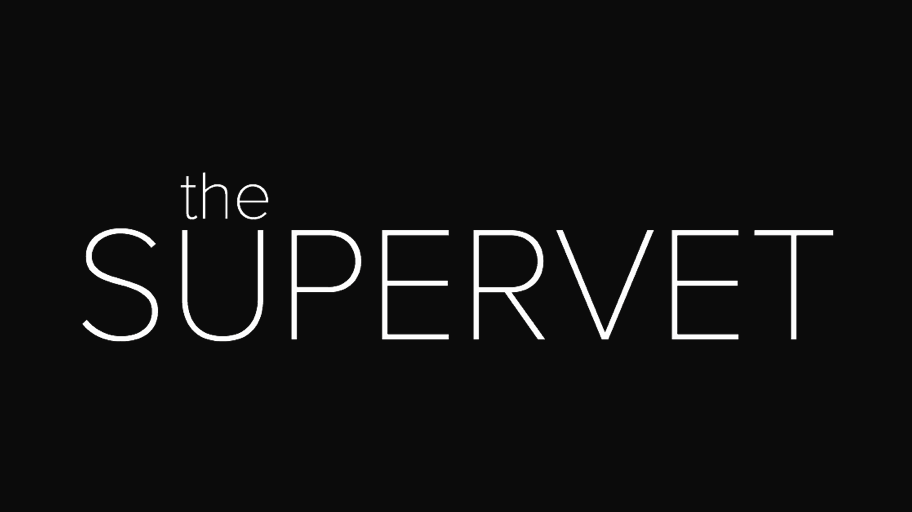Jane is a retired Teacher who lives with 4 year old Norfolk Terrier Archie. X-ray images at her primary care vet revealed that Archie’s elbow didn’t fit together properly and never had done. Jane brings Archie to Professor Noel Fitzpatrick to find a bionic solution that will get Archie out of pain.

On examination, Noel found that Archie was very uncomfortable on his left elbow and further x-ray and CT imaging revealed the true extent of his chronic elbow luxation, which he had likely been suffering since birth. Noel discussed Archie’s options with Jane; he could either have a fusion of his elbow joint or a custom designed Total Elbow Replacement. However, though Noel had implanted custom-designed elbow replacements before, this was the first time he had ever considered performing the procedure on such a small and dramatically deformed joint.
Jane and her family took some time to discuss these options with Noel’s team. Together, they decided that a custom designed Total Elbow Replacement would be the most likely to give him the best chance of a pain-free life with optimal mobility. Noel warned Jane that during surgery he may have to change course and fuse Archie’s elbow, as even with meticulous design and engineering the chronic deformity of Archie’s elbow meant that Noel may have been unable to fit the Total Elbow Replacement.
The surgery was particularly complex, taking Noel over 6 hours to complete. The Total Elbow Replacement is a complex implant consisting of five parts; a humeral component made from titanium, an ulna-radial (forearm) component made from cobalt chromium, two polyethylene bushings to sit between the metal and act as the elbow cartilage would have done and titanium axle to join the humeral and ulna-radial components allowing them to articulate as the dog walks. Both the humeral and ulna-radial components are 3D printed from medical-grade metal, polished to a high standard to limit wear and coated with hydroxyapatite where they meet with the bone to encourage the bone to grow on so as the implant becomes a permanent part of the body (osseointegration).
Noel faced huge challenges specific to this deformity because the muscle, tendons, ligaments, blood vessels and nerves were not in the normal places and the muscles were so tight and scarred by chronic deformity that they wouldn’t stretch into the desired position without considerable effort and some intra-operative modification of the implant. The soft tissue function and reconstruction could not be accurately planned on the CT scan upon which the implant was based.

Noel was also worried about how the muscles, nerves and blood vessels would recover after the operation and whether they would function well in their new position, having been chronically misaligned for so long. Keeping a diligent eye on his recovery was imperative. Archie was hospitalised for 8 days, with the Fitzpatrick team monitoring his progress around the clock.
The following weeks would be vital for the next phase of Archie’s healing. A programme of intensive hydrotherapy and physiotherapy was arranged to start building up the strength and mobility of his new elbow. Six weeks later Archie returned to Fitzpatrick Referrals for a check-up with Noel. Noel was very pleased with his progress. There was still some way to go but things were looking very positive.
After another six weeks controlled exercise and physiotherapy Archie saw Noel for another check-up, and Noel was delighted with the results; Jane and her whole family had clearly put in a lot of time and effort into Archie’s rehabilitation at Fitzpatrick’s rehab centre and at home – and Archie is now a new dog running around on his bionic elbow!

